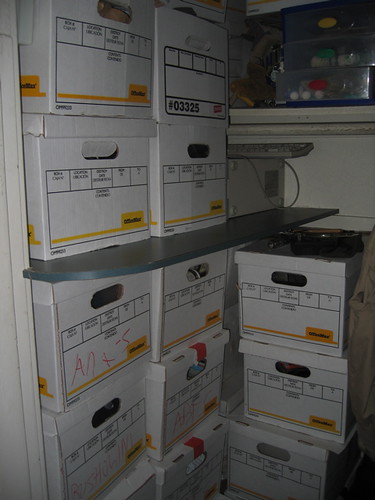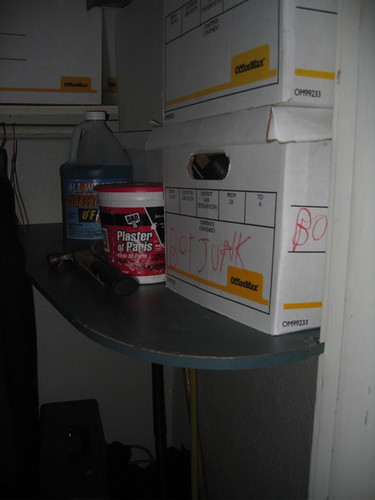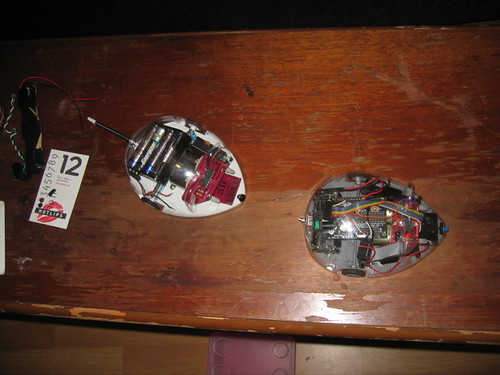I have spent more of last week wondering why X-Code wasnt signing my code and loading it onto the phone than successfully
The introduction of the Iphone and the apple SDK for it seems to have created massive confusion and hurt for the two communities most effected by it.
[Moderator] Re: Controlling Preferences on iPhone
- Subject: [Moderator] Re: Controlling Preferences on iPhone
- From: Scott Anguish <email@hidden>
- Date: Fri, 18 Jul 2008 15:56:41 -0400
- Delivered-to: email@hidden
- Delivered-to: email@hidden
iPhone SDK
----------
Until an announcement is made otherwise, developers should be aware that the iPhone SDK is still under non-disclosure (section 5.3 of the iPhone Development Agreement). It can't be discussed here, or anywhere publicly. This includes other mailing lists, forums, and definitely blogs.
This situation is somewhat different than a Mac OS X release, in that a Mac OS X release includes a copy of the developer tools with the distribution. The iPhone OS 2.0 release on devices and as an upgrade does _not_ include the development tools. As a result, the SDK is not automatically considered public because the release has occurred.
Section 5.3 of the iPhone Development Agreement remains in force at this time, and will so remain until iPhone Developer Program members are specifically and personally notified by an authorized representative of Apple.
On 18-Jul-08, at 10:07 AM, Aaron L'Heureux wrote:
I have done some preliminary searching, but as I am still relatively new to the platform, I've not come up with an answer to this question. If anyone could help me out or point me in the right direction, I'd really appreciate it.
Is it possible to programmatically change system preferences on the iPhone? Say I wanted to be able to turn location services on (at the request of the user of course) or to enable Bluetooth, or toggle a few of the sound alerts. Utilitarian stuff. Can this be done from an App Store application?
_______________________________________________




